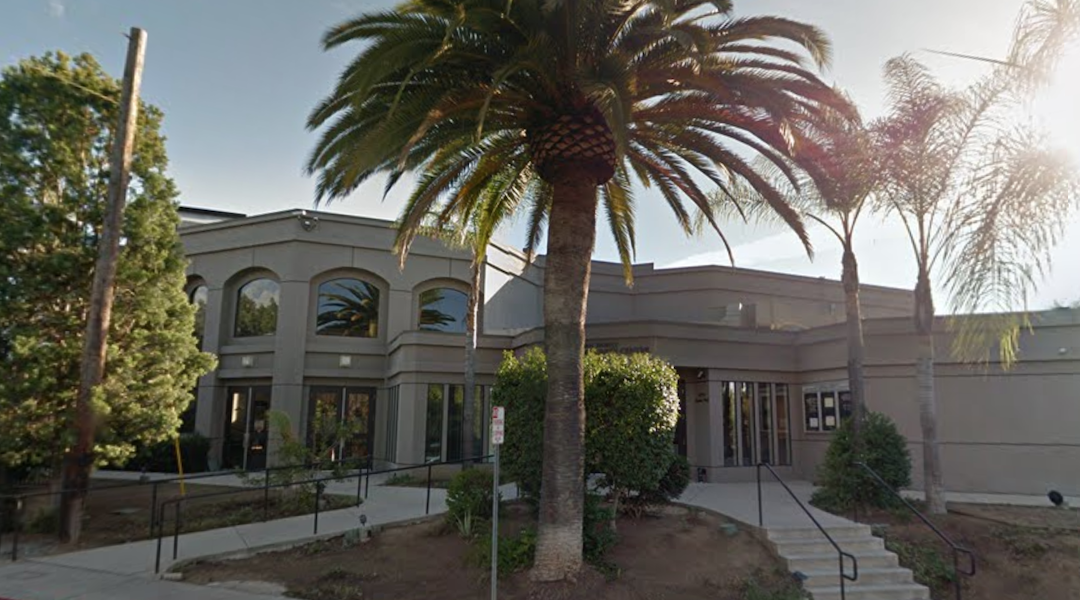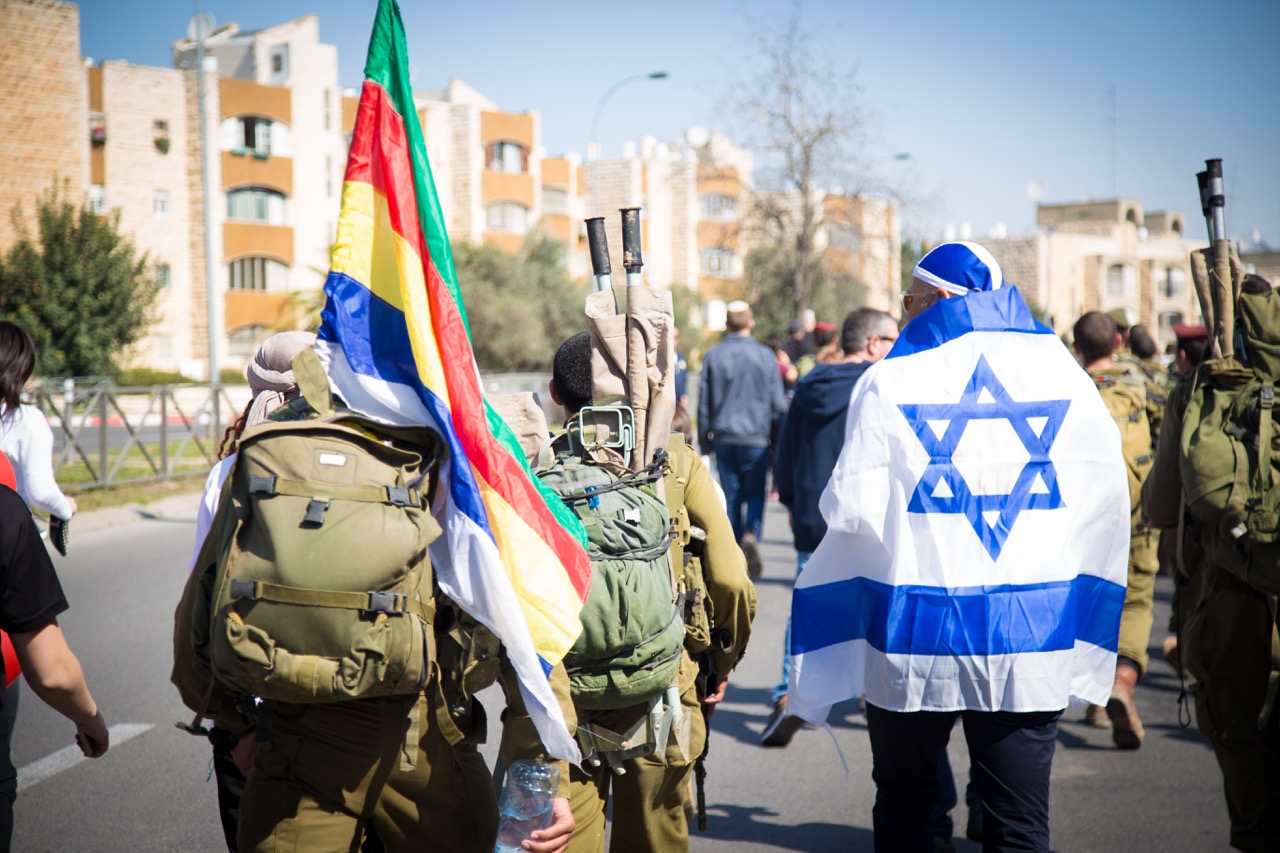The Tower
Lauren Post
5/15/2019

California leads the nation with 83 active hate groups, six of which operate in the Sacramento area, according to a report released by the Southern Poverty Law Center. Moreover, in 2018, California led the nation with a 28% increase in anti-Semitic incidents, compared to 5% overall. These statistics are shocking.
“It’s such a progressive state!” one may say. And that’s true — sort of. But the state’s reputation of tolerance and diversity conceals some of the darker elements that exist here, as well. California never escaped the scourge of white supremacy that has plagued American society and culture since the founding of the country. Furthermore, anti-Semitism is a core animating tenet of white supremacy, and three-quarters of extremist murders in the U.S. over the last decade were committed by far-right groups.
With the news of another synagogue shooting in San Diego only six months after Pittsburgh, it is critical to understand why so many white supremacists and white nationalists feel at home in the Golden State.
In Southern California, this problem initially came to a head just before the Civil War. While no battles were fought in the state, many Southern Californians advocated for secession. Additionally, Californians, both from the Union and the Confederacy, participated in the fighting on many fronts, from battlefield activities to raising funds. Afterward, many Confederate veterans found their way into the region, and it is still possible to find Confederate monuments throughout the state.
The KKK was active in Southern California, recruiting, organizing, and spreading hate. By establishing the German American Bund, it laid the groundwork for a swell of anti-Semitism in the 1940s. Author Stephen Ross elaborates that, “The region had 50 German-American organizations with 150,000 members, which the Nazis hoped to unite. Compared to New York City, the port of Los Angeles was largely unguarded, perfect for trafficking in propaganda from Germany. Additionally, the area was ripe for Nazi messaging: it was one of the strongest centers outside of the South for the Ku Klux Klan, with large gatherings held throughout the 1920s.”
Leon Lewis, a founding secretary of the Anti-Defamation League, was key in preventing Nazis from overtaking LA. Lewis actively monitored foreign press outlets and knew that Germany encouraged citizens of German heritage around the world to act as fifth columns, ready to be activated whenever war broke out. With the help of the Los Angeles Jewish Community Council, Lewis founded a spy network, infiltrating Nazi and German American Bund groups. When he submitted a report to the authorities, he presented evidence that “many Los Angeles Police Department and Los Angeles County Sheriff’s Office personnel were supporters of the Nazis/Ku Klux Klan/Silver Shirts and more focused on the ‘real’ danger to America: communists.”
Unfortunately, the presence of white supremacists in law enforcement is not an uncommon phenomenon. In 2006, the FBI released a bulletin detailing the methods and reasons why white supremacists try to infiltrate police and other law enforcement agencies. Christian Piccolini, a reformed skinhead, said in a 2017 60 Minutes interview, “You know 30 years ago, we were skinheads. We wore swastikas and shaved heads, and you could identify us pretty easily. So we decided at that time to grow our hair out, to trade in our boots for suits, and we encouraged people to get jobs in law enforcement, to go to the military, and get training and to recruit there.”
This tactic is utilized to this day. David Duke, upon taking over the Klan, realized that overt symbols, such as swastikas or Klan robes, were off-putting. He began a campaign to rehabilitate the KKK by appearing more mainstream by wearing a suit and tie, appropriating the language of civil rights, and demanding that his followers do the same — in other words, make white supremacy appealing to the “normies,” regular people.
White supremacist groups were also involved in the Rodney King riots that rocked the LA area in 1992. In Simi Valley, a small group of white supremacists gathered in front of the courthouse in support of the “not guilty” verdict handed to the officers who had beaten King. In 1993, the FBI arrested eight suspected white supremacists on weapons charges, contending they were planning to blow up a black church and attack black and Jewish leaders in the community.
Not long after, in 1999, the Los Angeles Jewish Community Center was attacked by a white supremacist, who fired 70 rounds with a semiautomatic weapon and injured five people. He also murdered a mail carrier before finally turning himself in. This event, among others, led to a crackdown in security for synagogues around the city.
The same year in Sacramento, two brothers and Aryan Nations adherents planned and carried out three fire-bombing attacks on local synagogues. The perpetrators were later caught and charged in conjunction with the murder of a gay couple and the arson of an abortion clinic. One of the brothers reportedly kept a hit list of local Sacramento Jews.
Statewide, some individuals have gained significant support running openly racist electoral campaigns. For example, Tom Metzger, former head of the California Knights (of the KKK) and the White Aryan Resistance (WAR), may have done more to proliferate this hateful ideology in the Golden State than any other politician in modern history. Affiliated with David Duke and the KKK for many years, he eventually left in 1982 to form the White American Political Association. The organization was disbanded and reformed several times, with Metzger finally settling on calling the group White Aryan Resistance. His group was considered to be one of the most racist in the country and was active in training other white supremacist and anti-government groups. He helped pioneer many of the propaganda techniques now used by white supremacists and was instrumental in helping build their current networks.
He ran in 1980 as a Democrat in a San Diego suburb, and while thoroughly trounced in the general election by his Republican opponent, he captured nearly 37% of the votes in the Democratic primary. Party officials refused to do anything until after the election because they did not take local activists’ concerns seriously. Similarly, during the 2018 elections, white supremacist Patrick Little made a splash running in the California Senate race, in a bid to unseat Diane Feinstein. Though the California GOP kicked him out of its convention, at one point, he had enough of an impact to poll at 18%.
The Bay Area is not immune to white supremacists either, as there have been several white supremacist rallies there in the past four years. According to ADL researcher Joanna Mendelson, these groups seek out liberal cities like San Francisco and Berkeley precisely because “these locations are lightning rods for their extremist views.” The 1980s in the Bay saw at least two attempted synagogue bombings, and in the 1990s, there were numerous arsons and one shooting.
White supremacists actively recruit using ads, flyers, and stickers. In 2018 alone, the Bay’s local transportation system — BART — was hit with a slew of ads from a Holocaust denial advocacy group called the Institute for Historical Review, as well as anti-immigrant ads paid for by Progressives for Immigration Reform (PFIR). According to the Southern Poverty Law Center, PFIR is a far-right group that seeks to make racialized anti-immigrant sentiment appealing to environmentally-minded liberals. In both instances, BART claimed that it could not reject them because of First Amendment issues.
Identity Evropa (IE) is also active around the Bay Area. For example, IE and other white supremacist groups were involved in numerous violent riots in Berkeley, including one in which IE’s founder, Nathan Damigo, punched a counter-protester in the face.
Damigo founded Identity Evropa while he was enrolled at California State University, Stanislaus. IE aims to “protect the white race” and only allows those of “of European, non-Semitic heritage” to be members. It is also responsible for the infamous slogan “You will not replace us,” chanted at the deadly 2017 march in Charlottesville, VA. Now “rebranded” as the American Identity Movement (while internally continuing to refer to itself as IE), the group is active in the western U.S. IE’s new leader, Patrick Casey, spends most of his time organizing in San Diego, recruiting on campuses there and organizing anti-immigrant flash mobs.
Is it any surprise that a synagogue shooting happened so close to where known white supremacists are recruiting and organizing?
We must stop wondering how white supremacist violence keeps happening in America, even in places like California. White supremacy is a disease that has afflicted American society since the very beginning. But there is much we can do to fight back.
If you’re in California, there are several relevant bills before the state legislature, including one to increase the funding available to organizations such as synagogues for security-related purposes. We can also encourage Congress to fund the Countering Violent Extremism grant program, which currently does not have enough resources to combat skyrocketing levels of propaganda and recruitment efforts by extremist groups.
If we don’t fight back, tragedies like the Tree of Life, Poway, the spate of black church burnings, and hate crimes, such as the murder of a Sikh family in Ohio, will continue to happen. But if we acknowledge our past and learn from it, together we can stop this violence and hate in our communities.
Read the article here.




